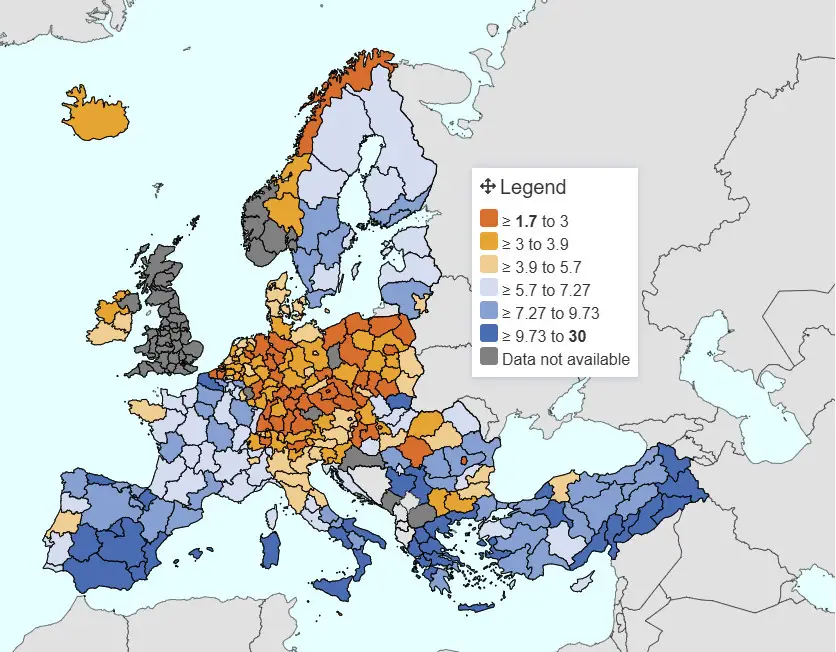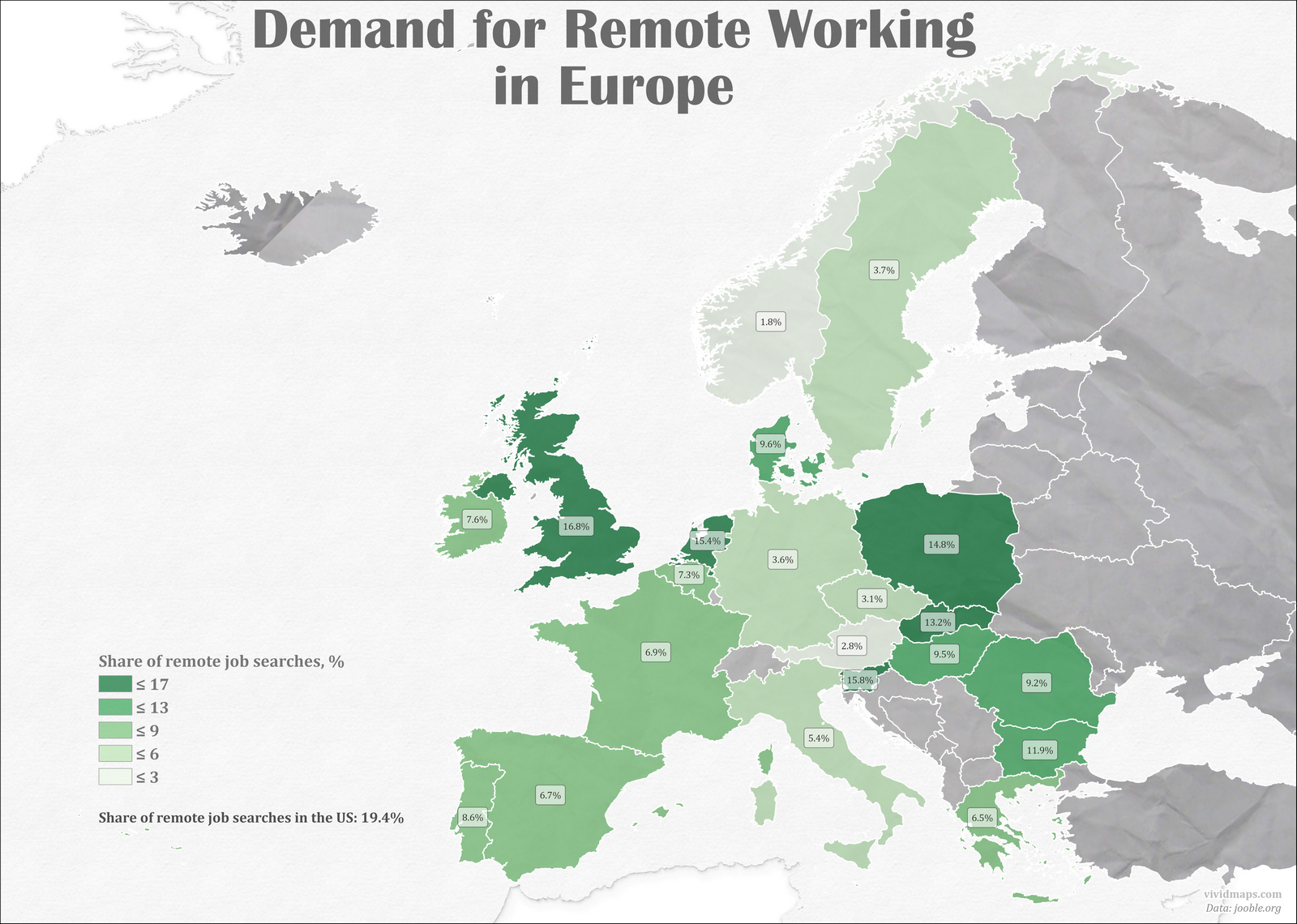The Unemployment Rate in the European Union
Unemployment remains a critical topic in Europe, influencing both individual livelihoods and broader economic trends. In 2023, the European Union’s unemployment rate offered a snapshot of the continent’s economic landscape, with disparities between member states.
How Is the Unemployment Rate Calculated?
The unemployment rate represents the percentage of the labor force that is jobless but actively seeking employment. In the EU, this is calculated using harmonized data from labor force surveys, ensuring consistency across member states. The formula is:
Unemployment Rate (%) = (Number of Unemployed People / Labor Force) × 100
The labor force includes individuals aged 15–74 who are either employed or actively looking for work, excluding those not participating in the labor market, such as students, retirees, or discouraged workers.
The Current Picture: 2023 Unemployment Rates
The 2023 unemployment data, sourced from Eurostat, highlights stark contrasts across the EU. For instance, Spain and Greece recorded some of the highest unemployment rates, exceeding 10%. Meanwhile, countries like Czechia and Germany continued to lead with some of the lowest rates, at approximately 3%.

Unemployment Trends: 2010–2023
The animated map reveals significant fluctuations in unemployment rates over time. After the 2008 financial crisis, unemployment spiked, particularly in southern Europe. Recovery was evident by the mid-2010s, only to be disrupted again by the COVID-19 pandemic. Nations with diverse economies, such as Germany and the Netherlands, consistently maintained lower rates compared to those heavily reliant on tourism or agriculture.
How Does the EU Compare Globally?
When comparing the EU’s unemployment rates to other regions, interesting patterns emerge. For instance, the United States, known for its flexible labor market, often reports lower unemployment rates but faces challenges with job security. Canada strikes a balance, typically showing rates closer to the EU average (Statistics Canada).
The Importance of Addressing Unemployment
High unemployment rates can lead to social and economic challenges, from increased government spending on social programs to reduced consumer spending. For individuals, unemployment is more than a statistic—it represents financial insecurity and lost opportunities.
For readers who appreciate geography, history, and statistics, Europe map posters provide an educational and decorative way to explore the continent. Check out these Europe map posters on Amazon, featuring political boundaries, and physical geography.
- Europe Wall Map GeoPolitical Edition by Swiftmaps
- Scratch off Map of the Europe
- National Geographic: Europe Classic Political Wall Map
What are your thoughts on unemployment trends in Europe? Are policies heading in the right direction, or is there more to be done? Share your perspective in the comments below!








